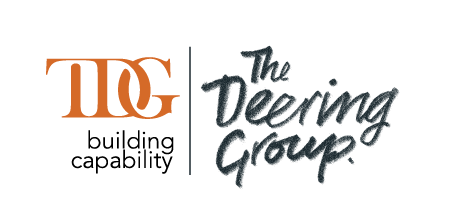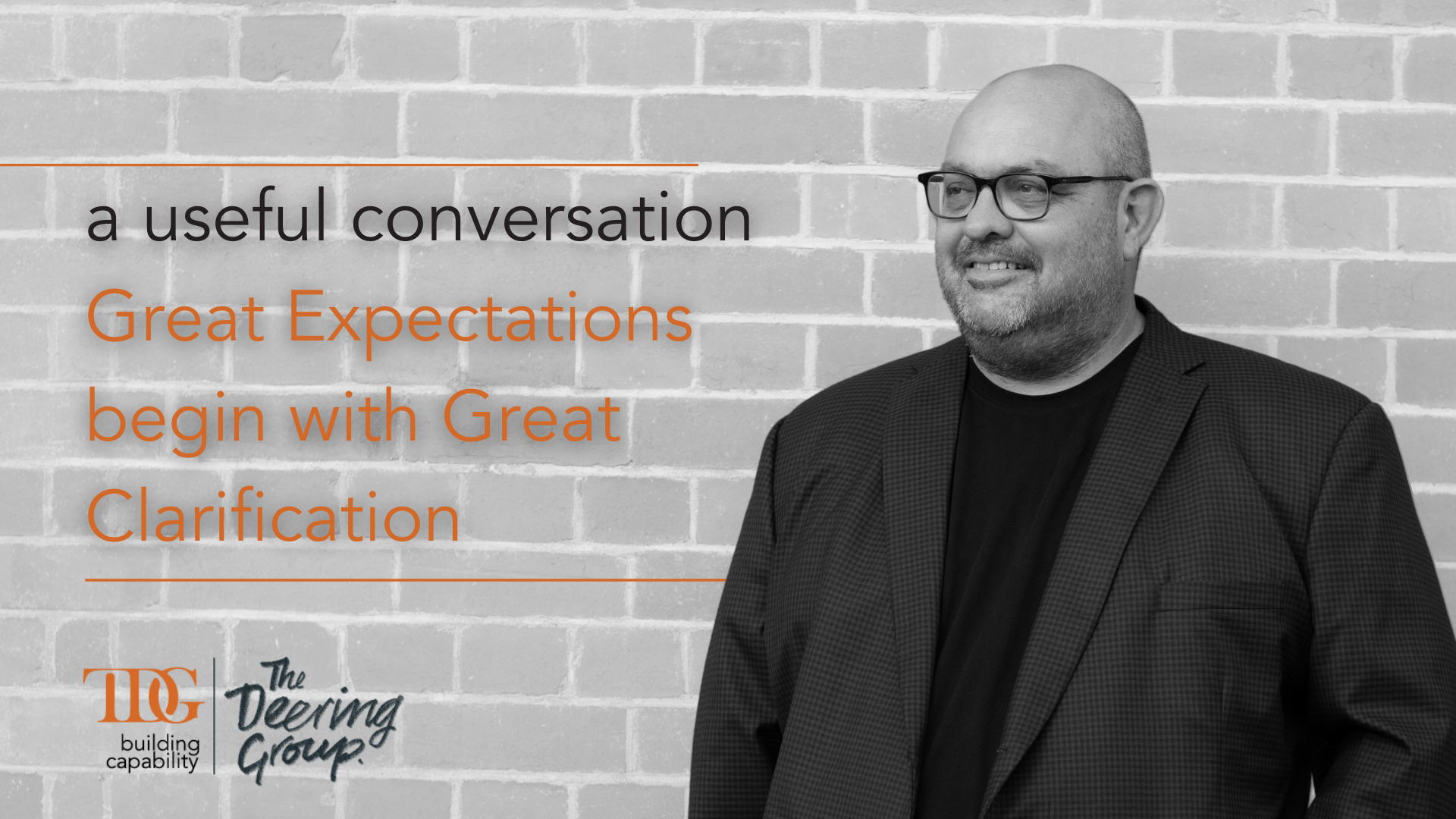Great Expectations begin with Great Clarification
I recently had a chat with one of my team about some work they were undertaking. The client was an internal team member, and it hadn't gone as well as planned. Ever had that - Internal or external, where the client was less than pleased? I know I have been there, and it can be painful (on many levels).
Of course, that can happen to all of us at one time or another. Still, in that conversation I had, we took the opportunity to explore and understand the issue a little further, exploring what I had learned over many a cracking faux pas in my career!
I love simplicity and clarity as outcomes of any work (I am a huge fan of both).
In this area, I suggest these two outcomes can be achieved using four pillars that are critical for any successful project, task, or commitment. To be clear, where somebody expects something of you to get done.
These pillars are:
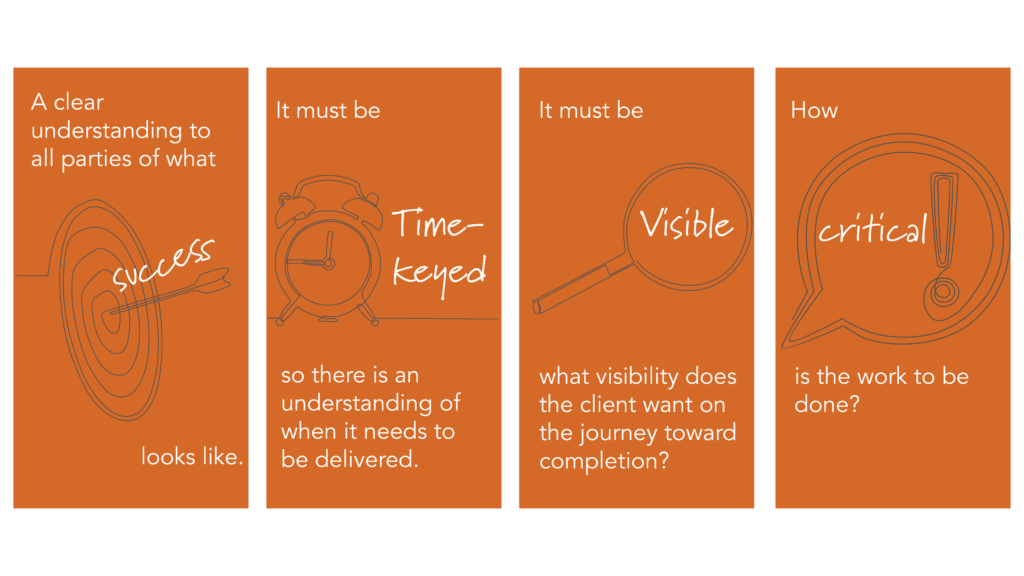
2. It must be time-keyed, so there is an understanding of when it needs to be delivered.
3. It must be visible - what visibility does the client want on the journey toward completion?
4. How critical is the work to be done? (Often the most important factor).
Sounds relatively simple, hey? Well, sometimes things can be just that.
We often have a propensity to make things a little trickier than they need to be.
A bit of clutter or complexity. But that is another story.
Let’s get back to learning how to achieve better clarification by walking through each of these four pillars.
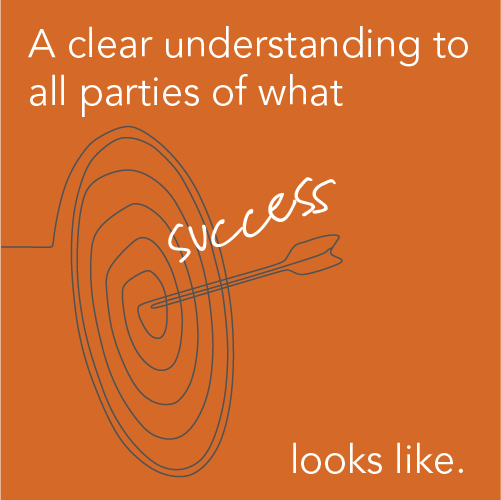
What does success look like – Pillar #1
With organisations, with clients, internally within the business, and even at home, we often fail to describe and define what success looks like clearly.
We may have conversations around what needs to be done and have a tacit agreement, but have we gone to the detail required to truly understand what all parties see as a successful outcome?
This is often the challenge inside any engagement that is rushed and not done well.
It really can’t be underestimated how important it is to truly explore what it means to succeed, what are the criteria that matter to the other party and to take time at this stage to be clear, crystal clear. Doing this effectively at the start will result in a much simpler process, more beneficial outcomes, and a successful delivery.
Time-keyed – Pillar #2
Too often, when we commit to something, we make statements such as, “Yeah, yeah, no worries, I’ll do that,” and we are unclear about when it needs to be done and why.
We leave the conversation with two versions of when it will be completed, yours and theirs.
It’s unlikely they will be the same.
This time key could be a date, a day, a time, or it could be loose.
When working with clients or colleagues, we often find that humans err toward being a little ‘loose’. I’m guilty of it – as I’m sure are plenty of others – and I don’t think it’s good for anyone!
A client may say, “I need this done,” and on questioning about a timeframe, their answer is something along the lines of, “Oh, anytime, I’m not in a rush”.

I don’t know about you, but that sends shivers down my spine these days.
How often have you been in that place when suddenly the “anytime” becomes a little more important, and you discover their idea of “not in a rush” was two days, whereas yours was two weeks, maybe even two months?
So, clarity around time keys helps you enable the first pillar of success, what success looks like, and when success needs to be delivered.
When it comes to this pillar, ensure you have direct conversations with clients, colleagues, or family members, so when those time keys are loose, you can seek specificity.
If you know what you need to do and understand the time it requires, you may introduce tools that you can anchor against another element of what success looks like. Here’s an example:
“So, if I have this done by the 5th of April 2023, we will be good?”
“Yeah, the 5th of April will be great.”
“Excellent, I’ll keep you updated, and if there’s any risk around that date, I’ll let you know.”
That conversation allows the second element of Time-Key to enable a successful outcome.
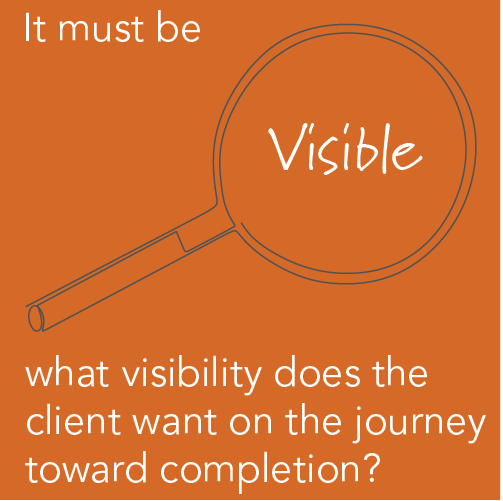
Visibility – Pillar #3
With no malintent, no misinformation, and certainly no malicious behaviour, sometimes in business, we forget to ask, “How do you want to be kept in the loop? What does visibility look like to you for this work?”
Again, it’s important to have a level of specificity around this; to know what you need to do to keep the other person content and informed.
Do they simply want to be informed of any issues, or would a regular weekly update be useful?
“I’ll update you every Friday afternoon by 2 pm via email, does that work for you?”
It’s setting that expectation clearly and then delivering against it.
Criticality – Pillar #4
Criticality is often overlooked, but it is a very important pillar.
Why? – because people are always keen to promise and seek to please the individuals they’re working with or for.
To me, criticality is all about – just how important is this?
We’ve all been in situations where our slate of work suddenly becomes a little too full.
We no longer have one thing, we have a dozen things, and there is a decision around which ones are the most important, which one’s matter, and which ones require your focus.
When anything new is introduced, it’s essential to understand how this new work ranks against the other work; it’s criticality.
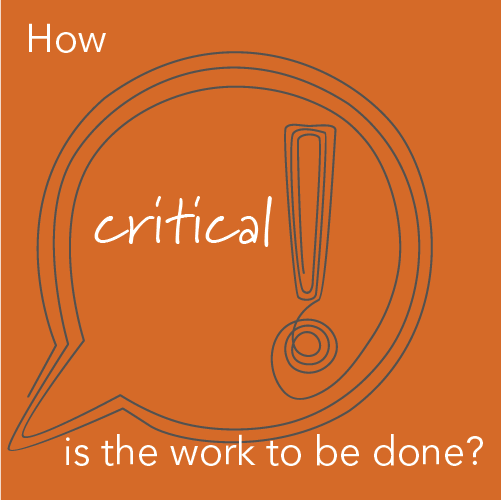
This fourth pillar allows you to have autonomy around prioritising and the decisions you need to make to ensure work gets completed if things become complicated.
It also allows conversation with a boss or client – or even a family member – who might be loading you up with projects, so you can have a meaningful discussion around priority, “Yes, I can do that, but what doesn’t happen now? What are you happy to push to the side and pick up later?”
I think that’s a very respectful conversation. The person seeking help with the work may have forgotten about the half a dozen other things they’ve already loaded you up with. Asking this question allows them to choose the order of the work they need to be completed.
To recap, the four pillars I see as central to project success, task success, and even just simply keeping people happy when you promise to do something are:
- Being clear on what success looks like and making a real effort to quantify and qualify that.
- Ensuring the agreement is time keyed.
- Determining and agreeing on what level of visibility is required?
- Criticality – how does this stack up against all your other projects – how important is this piece of work?
Finally, to add some icing to the cake, I suggest these pillars be clearly documented and communicated back to the relevant party. Be it a colleague, client, or family member – ensuring everybody is on the same page, and you have an anchor in the ground you can refer to.
Bit of a pragmatic one this week. As things and people get increasingly full, giving yourself and others the best chance of success is important.
The realisation that Great Clarity will enable Great expectations for you and your team.
I hope this has been helpful, and I wish you the best of luck in implementing this system.
But let’s be honest, luck is a loose thing.
Maybe we should quantify that better and set more explicit boundaries around that!
I look forward to hearing your thoughts.
